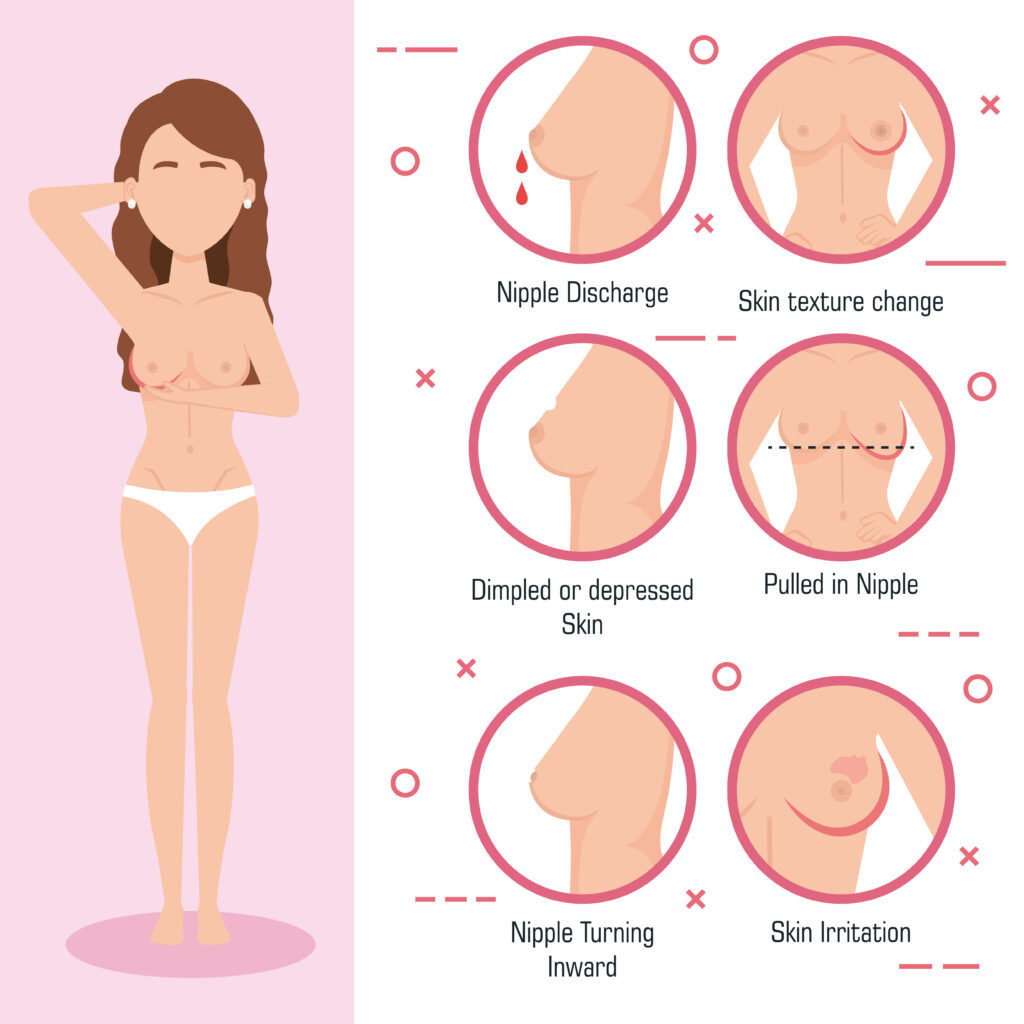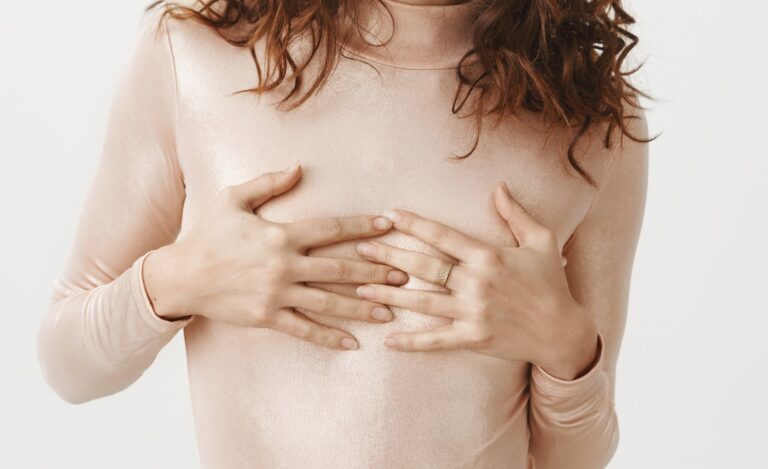Raynaud’s Phenomenon: Understanding, Coping, and Thriving with the Latest Research and Expert Guidance.

Raynaud’s Phenomenon of the Nipple is a rare condition that affects some breastfeeding women. There are lots of other diseases that women suffer during breastfeeding, and Raynaud’s phenomenon is one of the rarest syndromes. It is characterized by sudden and intense nipple pain, accompanied by changes in nipple coloration.

In this article, we will understand the causes, symptoms, and management strategies that can help affected women navigate this condition more easily. We will also discuss the latest discoveries in the medical field to dig deeper into this topic!
What is Raynaud’s phenomenon caused by?
Raynaud’s Phenomenon of the Nipple is believed to result from the constriction of blood vessels in response to cold or emotional stress.
When a breastfeeding mother experiences these triggers, it can lead to a temporary reduction in blood flow to the nipples, causing pain and color changes.
Triggering Factors:
Certain factors can trigger or worsen the symptoms of Raynaud’s Phenomenon of the Nipple. These triggers can include:
- Exposure to cold temperatures
- Stress
- Emotional changes
- Excessive Caffeine
- Smoking
- Tight-fitting bras or clothing.
What are the symptoms of nipple Raynaud’s with breastfeeding?
The primary symptom of Raynaud’s Phenomenon of the Nipple is severe nipple pain that typically occurs during or after breastfeeding. The pain can be described as sharp, throbbing, or burning and may last a few minutes to an hour. Along with the pain, the affected nipples may turn white, blue, or purple, and become cold to the touch.

How do you treat Raynaud’s nipples?
Diagnosing Raynaud’s Phenomenon of the Nipple usually involves a thorough examination of the symptoms and medical history. As per the new research, a few of the drugs available in the market to treat Raynaud’s nipples are listed down below:
- Calcium Channel Blockers: Medications like nifedipine and amlodipine are commonly prescribed for Raynaud’s Phenomenon. These drugs work by relaxing and dilating blood vessels, which can help improve blood flow and reduce the severity and frequency of vasospasms.
- Alpha-Blockers: Drugs like prazosin can be used to relax the smooth muscles in blood vessel walls, helping to improve blood flow and alleviate symptoms of Raynaud’s Phenomenon.
- Vasodilators: Nitroglycerin ointment or patches may be used to widen blood vessels and improve circulation in affected areas.
- Topical Creams: Some topical creams containing nitroglycerin or other vasodilators may be applied directly to the affected area to help alleviate symptoms.
- Sympatholytic Agents: Medications like clonidine, which acts on the central nervous system to reduce sympathetic nerve activity, may be used in certain cases of Raynaud’s.
- Prostaglandins: Intravenous infusion of prostaglandins (e.g., iloprost) can be considered for severe cases of Raynaud’s Phenomenon to improve blood flow.
- Phosphodiesterase Inhibitors: Drugs like sildenafil, commonly used for erectile dysfunction, have shown some benefit in certain cases of Raynaud’s Phenomenon.
We would request our readers to not follow the list blindly and contact the healthcare provider. The above list is only for your general information.
A healthcare professional may also perform a physical examination and rule out other potential causes of nipple pain, such as infections or improper latch.
Can I breastfeed while suffering from Raynaud’s syndrome?
Yes, you can breastfeed while experiencing Raynaud’s syndrome. While it may be challenging and uncomfortable, with the right strategies and support, many individuals with Raynaud’s syndrome successfully breastfeed their babies.

Many doctors may suggest considering alternatives to breastfeeding for individuals experiencing Raynaud’s phenomenon of the nipple due to the potential pain and discomfort associated with the condition. The episodes of reduced blood flow to the nipples can lead to intense pain and sensitivity, making breastfeeding a challenging and distressing experience for some women. Continuous massage to improve blood flow may be recommended, but it might not always provide adequate relief.
In such cases, doctors might advise exploring alternative feeding methods, such as pumping and bottle-feeding with expressed breast milk or using formula. This allows the mother to continue providing nutrition to the baby while reducing the discomfort associated with direct breastfeeding. While breastfeeding is often encouraged for its numerous benefits, the well-being and mental health of the mother are also essential considerations.
It’s important to note that every individual’s situation is unique, and recommendations may vary based on the severity of symptoms and the mother’s overall health. Doctors will consider the best options for both the mother and the baby to ensure a healthy and nurturing feeding experience. Open communication with healthcare providers is crucial to making informed decisions that prioritize the well-being of both the mother and the child.

What are the management strategies for Raynaud’s Phenomenon of the Nipple?
The management strategies are listed down below:
- Keeping Warm: Keeping the nipples warm before, during, and after breastfeeding can help alleviate symptoms. This can be achieved by using warm compresses, wearing warm clothing, or using nipple shields.
- Relaxation Techniques: Managing stress and incorporating relaxation techniques, such as deep breathing exercises or meditation, may help reduce the frequency and severity of episodes.
- Modifying Breastfeeding Techniques: Experimenting with different breastfeeding positions and ensuring a proper latch can help minimize nipple trauma and reduce symptoms.
- Medications: In severe cases, healthcare professionals may prescribe medications to help improve blood flow and manage pain. Calcium channel blockers and topical nifedipine are commonly used.
Take Away’s
Raynaud’s Phenomenon of the Nipple can be a challenging condition for breastfeeding women. However, with proper understanding and management strategies, it is possible to minimize its impact on breastfeeding. If you suspect you may have this condition, it is advisable to seek medical advice for an accurate diagnosis and personalized management plan.
Remember to consult reputable medical sources and add proper citations when using this information in your blog.
References
- Drug Treatment of Raynaud’s Phenomenon of the Nipple.; Philip O. Anderson., Breastfeeding Medicine202015:11, 686-688
- Anderson JE, Held N, Wright K. Raynaud’s phenomenon of the nipple: a treatable cause of painful breastfeeding. Pediatrics. 2004 Apr;113(4):e360-4. doi: 10.1542/peds.113.4.e360. PMID: 15060268.
- Anderson JE, Held N, Wright K. Raynaud’s phenomenon of the nipple: a treatable cause of painful breastfeeding. Pediatrics. 2004 Apr;113(4):e360-4. doi: 10.1542/peds.113.4.e360. PMID: 15060268.
Frequently asked questions
- Is Raynaud’s Phenomenon of the Nipple common during breastfeeding?
Raynaud’s Phenomenon of the Nipple is considered a rare condition, but it can occur in some breastfeeding women. Estimates suggest that it affects a small percentage of breastfeeding individuals. While it is not a common occurrence, it is important to be aware of the symptoms and seek medical advice if you suspect you may have this condition.
- Can Raynaud’s Phenomenon of the Nipple harm my baby?
Raynaud’s Phenomenon of the Nipple itself does not typically harm the baby. However, the intense nipple pain and changes in blood flow may cause discomfort for both the mother and the baby during breastfeeding. It is important to work with a healthcare professional to develop strategies to manage the condition effectively and ensure that breastfeeding can continue comfortably for both you and your baby.
- Can I continue breastfeeding if I have Raynaud’s Phenomenon of the Nipple?
Yes, in most cases, women with Raynaud’s Phenomenon of the Nipple can continue to breastfeed. However, it is crucial to seek professional guidance to address the symptoms and make necessary adjustments to ensure a comfortable breastfeeding experience. Various management strategies, such as keeping the nipples warm, practicing relaxation techniques, modifying breastfeeding techniques, and, in some cases, medication, can be employed to help alleviate symptoms and enable successful breastfeeding.
Remember, these FAQs are general, and individual circumstances may vary. It is always advisable to consult with a healthcare professional for personalized advice and guidance based on your specific situation.
If you suspect that you may be experiencing symptoms related to Raynaud’s Phenomenon of the Nipple or any other breastfeeding-related condition, it is crucial to consult with a qualified healthcare professional.















+ There are no comments
Add yours